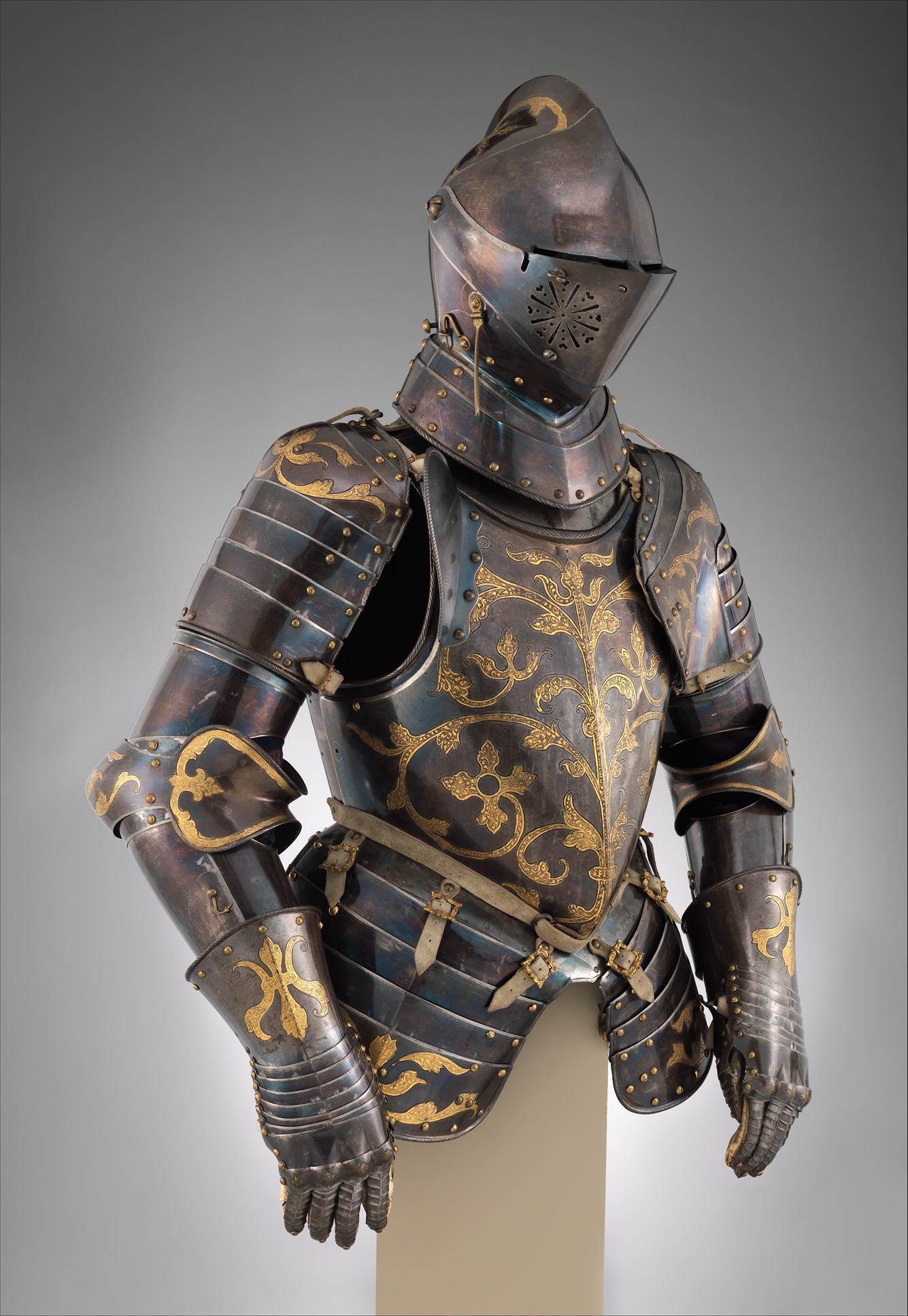|
That still seems more sane then what Ensign posted as at least that super sub knows what it wants to be.
|
|
|
|

|
| # ? May 24, 2024 23:09 |
|
Hunt11 posted:That still seems more sane then what Ensign posted as at least that super sub knows what it wants to be. I think what Ensign posted was some kind of joke... I hope.
|
|
|
|
If you were an American draftee in say, 1962, where the odds you'd wind up in a combat unit in Vietnam, as opposed to being posted stateside, or to West Germany or something?
|
|
|
|
Odds of a draftee being sent to Vietnam in 1962? Very, very low. In 1962 Vietnam was the realm of advisors sent to train the ARVN. These were Special Forces types, who would be volunteers. I suppose it is possible that a draftee in some sort of logistics job could be sent to Saigon to fill out the paperwork, but the odds of that happening are minuscule. Vietnam didn't see battalion-sized regular-army units in combat until 1965. During the height of the war? The odds are higher. From here, 38% of draftees went to Vietnam.
|
|
|
|
Nenonen posted:What differs the most is everything else in the battlefield and how it reflects to pikeman equipment and tactics. The phalanx faced sling bullets and arrows, so they carried armour and shields. Early modern pikemen faced musket balls and you don't really have any meaningful protection against that. I Though, interestingly, early early modern pikemen were armoured; that got dropped over time. I wonder why; not like muskets improved in penetration that much over the 17th century.
|
|
|
|
Equipping soldiers with both pikes and armour costs money, is my guess.
|
|
|
|
Soldiers got sick of carrying the drat thing all day in return for fairly incremental improvement in survivability, I assume. You might not get hit in the chest, but getting hit in the arms and legs is still an amputation at best, and fairly likely a slow excruciating death from infection. Muskets probably didn't improve in penetration *because* armour got dropped, but it was clear that this arms race was going to be won by the guns.
|
|
|
|
Siivola posted:Equipping soldiers with both pikes and armour costs money, is my guess. According to something I found about the Ottomans, fitting out a pikeman including armor cost about 3x fitting out a guy with a gun. IIf you take away the armor, I bet you take away a good chunk of cost for the pikeman.
|
|
|
|
feedmegin posted:Though, interestingly, early early modern pikemen were armoured; that got dropped over time. I wonder why; not like muskets improved in penetration that much over the 17th century. You go from matchlocks to flintlocks, so muskets get a gradual but significant increase in their ability to fire quickly and repeatedly.
|
|
|
|
13th KRRC War Diary, 20th August 1918 posted:A busy day organising. At 6 p.m. Btn. H.Q. moved into TOP TRENCH at F 21 d. Good luck everybody.
|
|
|
|
Phanatic posted:HEAT jet Calling it a "jet" probably doesn't help avoid confusion, I dunno if "jet" is often used with solid materials.
|
|
|
|
feedmegin posted:Though, interestingly, early early modern pikemen were armoured; that got dropped over time. I wonder why; not like muskets improved in penetration that much over the 17th century. Because pike blocks become a big thing in the 14th century more or less, and at that point you still see a lot of other projectile weapons, like bows and crossbows. By the 17th century pretty much nobody uses those anymore, so the armour becomes an expensive luxury that serves little practical purpose.
|
|
|
|
Cyrano4747 posted:I don't know about that last bit, but Hitler's Beneficiaries goes deep on how the redistribution of Jewish property helped get buy in from the general population. Wages of destruction isn't narrowly about the Holocaust, but it goes hard into how the Nazi economy ran. The two compliment each other really well. At the risk of doxxing myself, Weitz, author of A Century of Genocide: Utopias of Race and Nation. To quote a summary of the relevant positions, Some academic metareviewer posted:Black Earth is in many ways a response to the discussion provoked by Bloodlands; it is Snyder’s answer to some of the objections raised to his ways of looking at the Holocaust as it was carried out in Eastern Europe. But typically – and to his credit – Snyder attempts to use Black Earth to expand his own and our understanding of the Holocaust and to analyze its importance for the contemporary world. A fascinating characteristic of his work and thinking in general is that Snyder typically responds to criticisms by digging more deeply into the meaning of his work and exploring even more broadly its implications for scholarly inquiry. He does the same in the following, where his answer to the three reviews, but particularly to Eric Weitz’s criticisms, not only restates and defends, but amplifies his ideas about the sources of the Holocaust. It is apparent that Snyder has been thinking about the critique of his ideas about the destruction of the state in the east and the coming of the Holocaust that have appeared in a number of reviews by German and Holocaust historians. It was funny to hear what he had to say about Snyder after a couple glasses of wine. I've read Wages of Destruction, I'll have to check out Hitler's Beneficiaries. HEY GUNS posted:Can you say what you mean by system dynamics and how that works? I ask because I'm thinking of doing my second big research project on early modern military/financial social networks. I think it would be interesting to see some causal loop diagrams for genocide/ethnic cleansings and the politics around them. Late in grad school, I did an I/O psych course on organization systems analysis. I think some of the toolkits used there could be used to identify variables for establishing a causal loop diagram. Map out a genocide from an organization, process, and performer level, and then develop a causal loop to help visualize the relations between the three. My Imaginary GF fucked around with this message at 12:24 on Aug 20, 2018 |
|
|
|
Siivola posted:Equipping soldiers with both pikes and armour costs money, is my guess.
|
|
|
|
HEY GUNS posted:remember how heavy your pike was? now do that wearing a breastplate and backplate But you said it was cheaper way back when  Also, dude, I know I already asked about it, but what exactly happens in what is erroneously called "push of pike"?
|
|
|
|
Tevery Best posted:Because pike blocks become a big thing in the 14th century more or less, and at that point you still see a lot of other projectile weapons, like bows and crossbows. By the 17th century pretty much nobody uses those anymore, so the armour becomes an expensive luxury that serves little practical purpose. By 'early early modern' I meant, like, 1600. In the early part of the 17th century armoured pikemen are still a thing.
|
|
|
|
HEY GUNS posted:remember how heavy your pike was? now do that wearing a breastplate and backplate 
|
|
|
|
A simple cuirass is surely much less expensive than earlier plate armour? You are less concerned about leaving gaps that might be exploited by a melee opponent, and adding points of articulation - what you have is a lot closer to a slab of metal.
|
|
|
|
Fangz posted:A simple cuirass is surely much less expensive than earlier plate armour? You are less concerned about leaving gaps that might be exploited by a melee opponent, and adding points of articulation - what you have is a lot closer to a slab of metal. The cost I was quoting was for something like a cuirass, helmet, and vambraces
|
|
|
|
Siivola posted:The plates are going to fit poorly and hang entirely on my shoulders, aren't they? if you're not lucky it's going to be too big entirely and protrude beyond the hollow of your armpit, making it impossible for you to shoulder the pike correctly without a lot of effort! HEY GUNS fucked around with this message at 12:57 on Aug 20, 2018 |
|
|
|
JcDent posted:But you said it was cheaper way back when The opposing blocks' pikemen lower their pikes to the charge and advance toward each other. When they get to pike distance they start trying to stab each other, like fencing with very long pieces of wood. Think a giant game of pick-up-sticks more than the stereotypical phalanx shoving.
|
|
|
|
On the phalanxes vs pikes question, I seem to recall the theory that classical hoplites and phalangites fought in much closer formation than early modern pikes, but I'm not sure if this is based on anything concrete. Hegel, your guys would be too far apart to lock their shields together (if they had any) right?
|
|
|
|
Fangz posted:A simple cuirass is surely much less expensive than earlier plate armour? You are less concerned about leaving gaps that might be exploited by a melee opponent, and adding points of articulation - what you have is a lot closer to a slab of metal.   The basic shape of the breastplate has remained the same, Christian's armour just includes more bits. So in a sense you're correct that the cuirass alone is cheaper, but that's only because you're not buying all the extras.
|
|
|
|
HEY GUNS posted:edit 2: When units start running out of money cavalrymen will pawn their pistols, but that's not their only weapon. When the regiment I study deserted they sold their weapons, but they were all leaving. Antecedent: Regimental ToE issued Desired behavior: Maintain regimental ToE Short-Term Conflicting Behavior: Buy food Short-Term Conflicting Behavior: Pay ho's Long-Term Conflicting Behavior: Desire to live Am I off?
|
|
|
|
HEY GUNS posted:The opposing blocks' pikemen lower their pikes to the charge and advance toward each other. When they get to pike distance they start trying to stab each other, like fencing with very long pieces of wood. Think a giant game of pick-up-sticks more than the stereotypical phalanx shoving. I feel like I'd desire to have a breastplate if this comes to pass. I can hardly see how you can defend yourself in the act of pike-fencing. Did Greeks get a lot closer? What about Macedonians?
|
|
|
|
Siivola posted:Compare the civil war era armour on the left to the armour of Christian I, some decades earlier: I'm also thinking in terms of how well they are designed to fit and how the weight is distributed.
|
|
|
|
JcDent posted:I feel like I'd desire to have a breastplate if this comes to pass. I can hardly see how you can defend yourself in the act of pike-fencing.
|
|
|
|
Fangz posted:On the phalanxes vs pikes question, I seem to recall the theory that classical hoplites and phalangites fought in much closer formation than early modern pikes, but I'm not sure if this is based on anything concrete. Hegel, your guys would be too far apart to lock their shields together (if they had any) right? We have period descriptions that give us a pretty good idea of how hoplite phalanxes worked, as well as the later phalangite phalanxes of Alexander. Hoplites had a big round shield, the Hoplon, which was about 3 feet across, and a 8-9ft spear called the Dory. Ideally you also have on a helmet, some kind of chest armor which was either bronze or pressed and treated linen, and then greaves. The phalanx was formed by standing close enough together that the shields would overlap, and then the hoplites would hold their spears over the top of the shield to be able to thrust at the enemy. In hoplite v hoplite fights, this would manifest as the 2 phalanxes moving into spear range and trying to stab one another in any opening that presents itself, like trying to get a guy 3 ranks over in the neck or side. Hopefully your side is better at it and can create an opening to charge in and break the opposing phalanx. The later phalangites used true pikes similar to the ones hegels guys use, along with a smaller shield that was just strapped to one arm or literally hung off their neck. They still fought in closer order than hegels guys, and trusted the forest of pikes to protect them more than their shields. One of the main differences is in later pike blocks they are in a far more combined arms approach with other infantry. You have musketeers and soldiers armed with halberds, greatswords, swords and bucklers, etc all working together with the pikemen. The Macedonian phalangites had some other troops on the flank to cover them, and some archers behind them, but otherwise their job was the pin the enemy down so the cavalry can get into a flanking position. JcDent posted:I feel like I'd desire to have a breastplate if this comes to pass. I can hardly see how you can defend yourself in the act of pike-fencing. The Hoplites would hold their spears around midway and then thrust over the top of their shield, so to get in range you are looking at around 4-5 feet. Things could degenerate into a scrum similar to the "bad war" of the the later pike blocks where the hoplites are forced in close and have to resort to just trying to shove their way through the opposing phalanx. This would be nasty as all hell with daggers and swords coming out, throats getting cut, and men being trampled by friend and foe alike. They gave them big spears for a reason though, and that was not the intended goal at the start of every battle. The Phalangites had much longer pikes, around 17-20 feet long. They never wanted to get in close and would have fenced similarly to later pikemen, though with shields and less emphasis on the pikemen being the force intended to break the enemy. WoodrowSkillson fucked around with this message at 15:10 on Aug 20, 2018 |
|
|
|
Fangz posted:I'm also thinking in terms of how well they are designed to fit and how the weight is distributed. Tevery Best posted:Because pike blocks become a big thing in the 14th century more or less, and at that point you still see a lot of other projectile weapons, like bows and crossbows. By the 17th century pretty much nobody uses those anymore, so the armour becomes an expensive luxury that serves little practical purpose. A more experienced pikeman told me that when the pistol cav rides up to you and starts shooting, what they're trying to do is aim for the pikemen (specifically, for your face) so there won't be enough surviving pikemen to cover the musketeers. Then eventually either you'll crumble or they'll charge. If that's true then the armor and helmet make it likelier you'll survive. (It also means that the historians who call the caracole ineffective don't know what its intended purpose was) I don't know where he got that information though. HEY GUNS fucked around with this message at 15:51 on Aug 20, 2018 |
|
|
|
Speaking of ECW armor: there's a great description by Richard Atkyns, a historian and Royalist cavalry commander, of trying to take down the heavily -armored Sir Arthur Haselrig, who commanded the London Lobsters, a regiment of Parliamentarian cuirassiers, at the battle of Roundway Down. ...I then immediately struck into him, and touched him before I discharged mine; and I’m sure I hit him, for he staggered, and presently wheeled off from his party and ran… I came up to him, and discharged the other pistol at him, and I’m sure I hit his head, for I touched it before I gave fire, and it amazed him at that present, but he was too well armed all over for a pistol bullet to do him any hurt… In this nick of time came up Mr Holmes to my assistance, and went up to him with great resolution, and felt him before he discharged his pistol, though I saw him hit him, ‘twas but a flea-biting to him… Then came in Captain Buck and discharged his pistol onto him also, but with the same success as before… It’s quite a long account, and it gets pretty comical as Haselrig charges around being impossible to kill. Eventually Haselrig's horse dies from blood loss, but he gets rescued before he can surrender. It's even funnier given Haselrig's reputation as a good-natured idiot.
|
|
|
|
Infantry probably weren't as well armored, but I'd still prefer some armor between my big, squishy torso and the pike. I'd take a helmet with face cover, too. I wonder if people going unarmored because it was too hard reflects their more mercenary, ad hock nature when compared to late medieval foot knights who were probably raised to fight inside a can.
|
|
|
|
Mr Enderby posted:Speaking of ECW armor: there's a great description by Richard Atkyns, a historian and Royalist cavalry commander, of trying to take down the heavily -armored Sir Arthur Haselrig, who commanded the London Lobsters, a regiment of Parliamentarian cuirassiers, at the battle of Roundway Down. There was some book about the ECW that had king Charles I say, when he heard of the event, "had he been sufficiently provisioned he would have withstood a seven year siege by himself" or something along those lines. I think the book mentioned Haselrig using the archaic but very heavy armor of his father or grandfather. Edit: Wrong Stuart. Ataxerxes fucked around with this message at 17:58 on Aug 20, 2018 |
|
|
|
 Folks, it's true.
|
|
|
|
how is anyone that dumb
|
|
|
|
Ataxerxes posted:There was some book about the ECW that had king James I say, when he heard of the event, "had he been sufficiently provisioned he would have withstood a seven year siege by himself" or something along those lines. I think the book mentioned Haselrig using the archaic but very heavy armor of his father or grandfather. Hmmm It is strange to think about how close in time Elizabeth/James were to Charles I/II. They feel like different worlds but it was barely a generation
|
|
|
|
poisonpill posted:Hmmm
|
|
|
|
Goddamn what’s that from? Edit dumb final solution thing. New page doh
|
|
|
|
Letters to the Editor in the Herald Sun
|
|
|
|
KYOON GRIFFEY JR posted:how is anyone that dumb Because they're an op-ed writer.
|
|
|
|

|
| # ? May 24, 2024 23:09 |
|
Vincent Van Goatse posted:Because they're an op-ed writer. One rung below that even. Get this: the Nazis didn't even call themselves "Germans"
|
|
|






 Yes, it's like a lava lamp.
Yes, it's like a lava lamp.

























